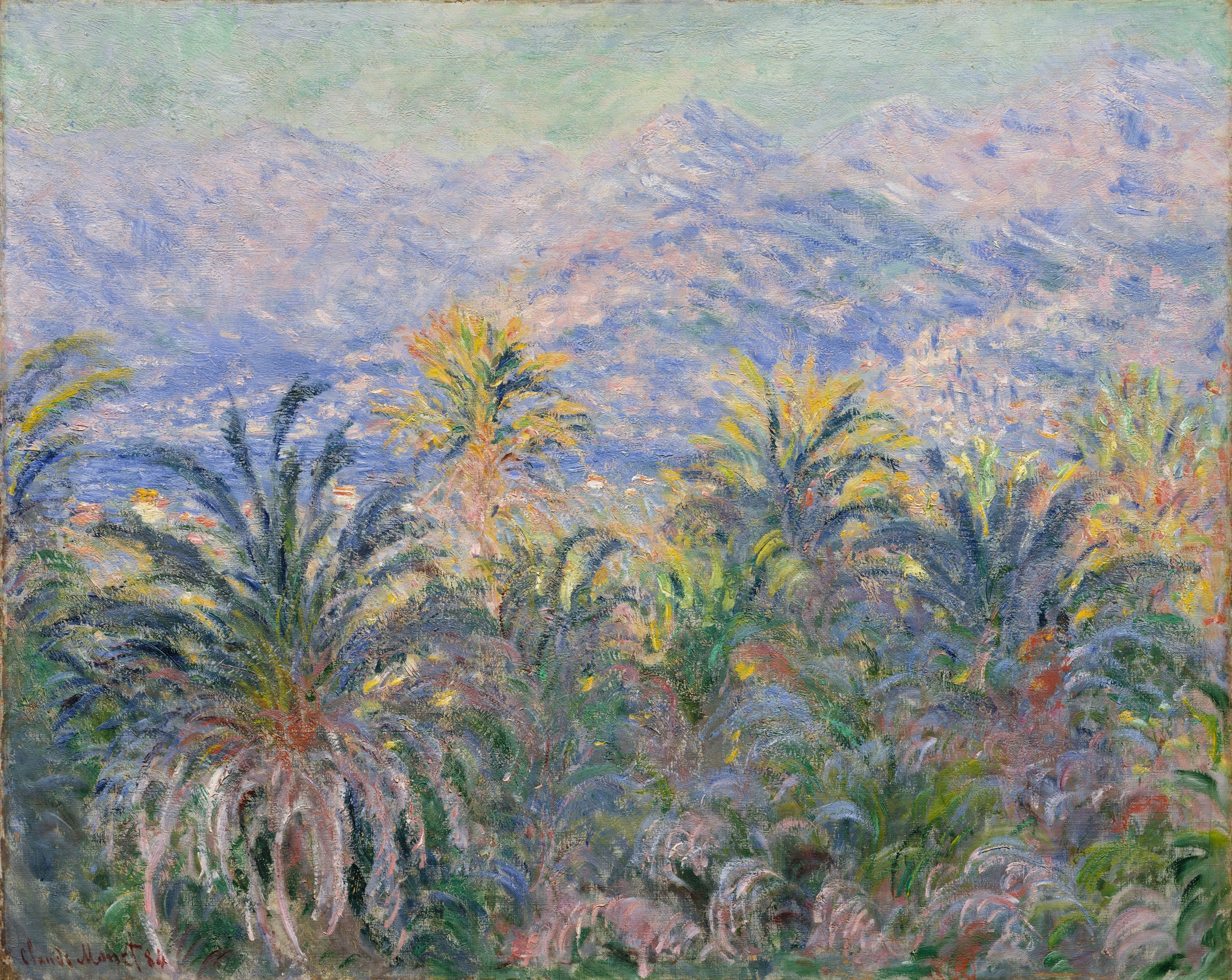Monet's magnificent depiction of his garden at Vétheuil exemplifies the visual splendor of Impressionism at its height.
Monet painted this work in 1881 as a new chapter of his life was unfolding, and this picture expresses the exuberance and renewed passion of the artist during this important period.
Seated among the flowers is Alice Hoschedé, the artist's thirty-seven year old lover and the wife of his close friend and patron Ernst Hoschedé.
The composition is lavished with all of the hallmarks of a great Impressionist composition, with its vivid color palette, intermingling of the natural elements and interplay of light and shadow.
Claude Monet | Alice Hoschedé au jardin, 1881








































